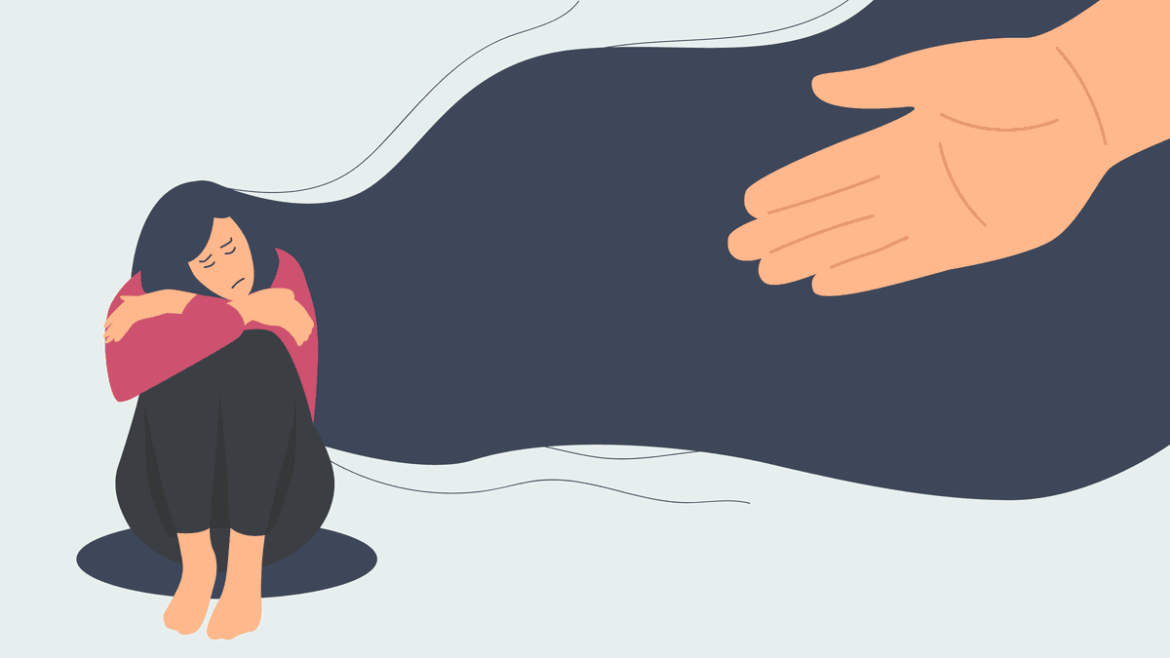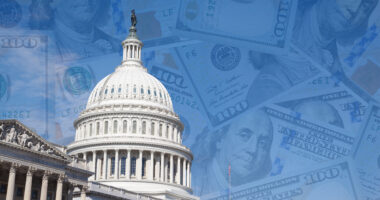Making Strides in Educator Mental Health Support
A bipartisan bill aims to increase access to mental health resources for education professionals—something NAESP and its members have been advocating for amid pandemic recovery, growing staffing shortages, and increases in community-wide trauma.

On Feb. 2, Reps. Suzanne Bonamici (D-OR), Brian Fitzpatrick (R-PA), and Susan Wild (D-PA) introduced the Supporting the Mental Health of Educators and Staff Act, which aims to promote evidence-based best practices for preventing suicide and improving mental health among educators and seek to establish education and awareness initiatives about mental health services among the educator workforce. The bill would also gather information about whether existing federal mental health programs are meeting the needs of education professionals.
To accomplish this, the bill specifically seeks to:
- Require coordination between federal agencies to develop best practices for preventing suicide and improving mental health and resiliency among education professionals and training education professionals in appropriate strategies to promote their mental health;
- Destigmatize mental health care among the education workforce by designing and disseminating an education and awareness initiative encouraging education professionals to use mental health and substance use disorder services;
- Provide direct support to educators and school staff members by establishing programs to promote mental health among the education professional workforce; and
- Promote accountability for federal resources for new programs.
NAESP wholeheartedly supports this bill. NAESP Executive Director L. Earl Franks, Ed.D., CAE, released a statement on behalf of the organization endorsing the introduction of the Mental Health of Educators and Staff Act:
“As school leaders work tirelessly to address the mental well-being of their students, it is important to consider and to support the mental health of those who work in schools as well. Educators can both practice and model self-care strategies to promote their own mental health—and benefit their students as well. We commend Reps. Suzanne Bonamici, Brian Fitzpatrick, and Susan Wild for taking the lead on this urgent challenge and look forward to working with them and other congressional supporters to pass this legislation.”
Who’s Supporting School Leaders?
NAESP and its members long have been advocating for increased access to mental health resources and supports. The COVID-19 pandemic has exacerbated issues related to mental health. Teacher shortages, students and staff struggling with trauma, and difficult working conditions have led to educator burnout.
Last fall, NAESP members joined a policy briefing for National Principals Month, which focused on principal wellness. During the discussion, panelists pondered the question: Who’s taking care of the principal? The answer? Principals were heavily taking care of each other—and that’s not good enough. Not even close.
“It is principals taking care of principals,” said Sue Danielson, principal of Rosa Parks Elementary School in Virginia, during the panel discussion. “It’s not outside folks taking care of us. It’s us taking care of us because we know the importance of supporting one another.”
The Effect on School Communities
A recent RAND Corp. report, “Restoring Teacher and Principal Well-Being Is an Essential Step for Rebuilding Schools,” showed that 73 percent of teachers and 85 percent of principals reported experiencing job-related stress. By comparison, only 35 percent of working adults outside of the education field reported experiencing job-related stress. Almost half of principals reported dealing with burnout, with 28 percent reporting symptoms of depression. Those statistics are sobering, but they’re exactly why principal wellbeing and support must be a priority.
When school leaders and their faculty work to overcome daily challenges, it takes a toll on students and staff. It’s not sustainable—as we’ve seen with record numbers of educators leaving schools. And it has a direct impact on the entire school community when those at the helm of a learning community don’t have the support they need to do their jobs; that includes access to high-quality mental health resources.
Self-care has become something of a buzzword. Is it important? Absolutely. It’s necessary. But a reliance on self-care cannot be an excuse to disregard providing additional assistance. For school leaders who are beyond their limit amid a mental health crisis, self-care can only get them so far before external supports need to kick in to help.
A report from The Institute of Education Sciences showed that 67 percent of public schools it surveyed have taken various approaches to addressing their staff’s mental health needs. The report notes that the three most common types of approaches they took were proactive outreach, additional professional development focused on mental health, and giving staff increased prep time.
That’s a great start. We know that schools are doing their best to overcome challenge after challenge, but alone, they can only do so much.
The introduction of the bill is a huge step forward in getting principals the support they need and the national attention this issue deserves. When principals have a support system that is prioritizing them and their mental health, the effects are far reaching—to their faculty and staff, school families, and students—which is how we can continue to rebuild as a nation.
David Griffith is associate executive director of Policy and Advocacy at NAESP.




